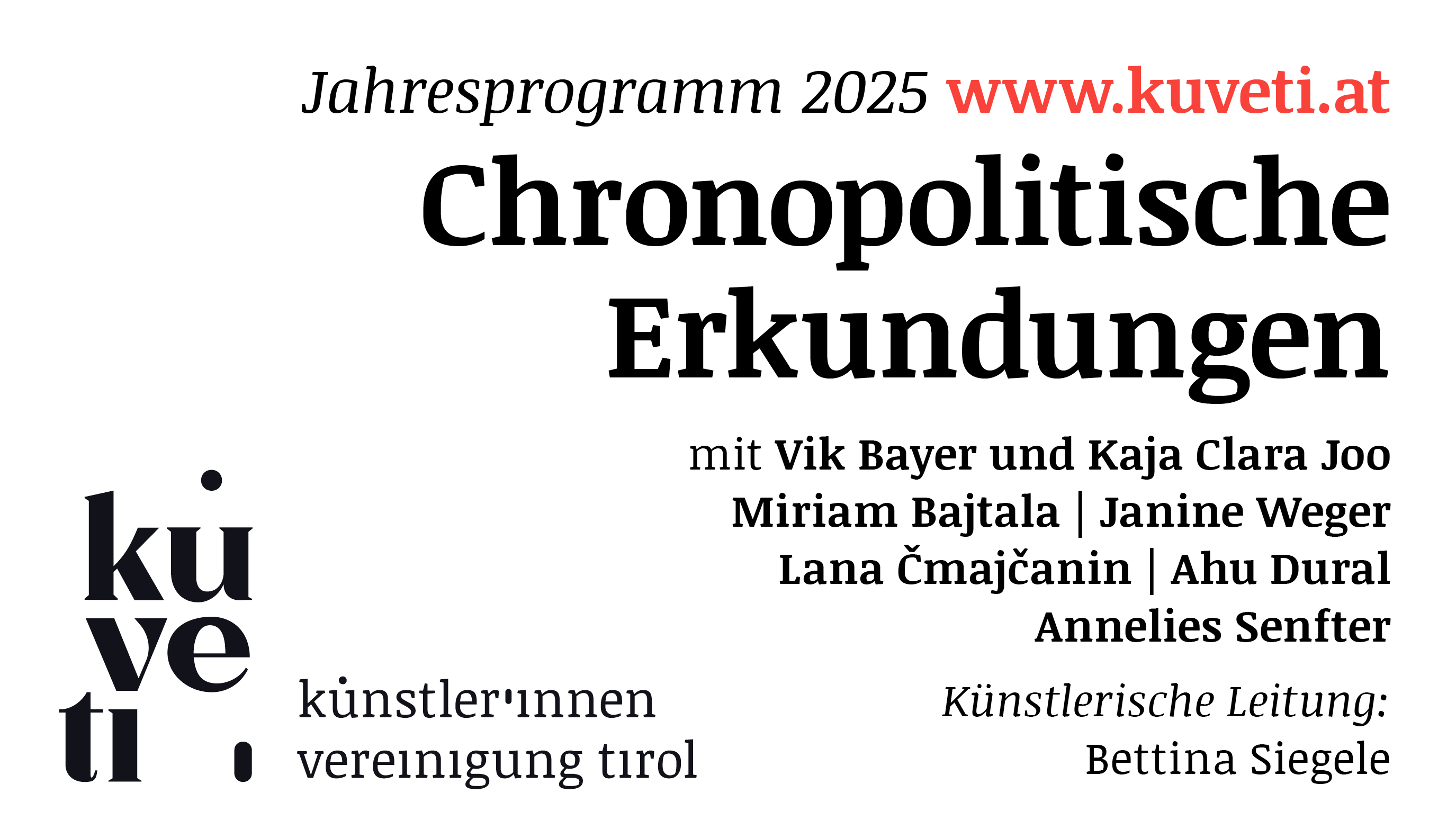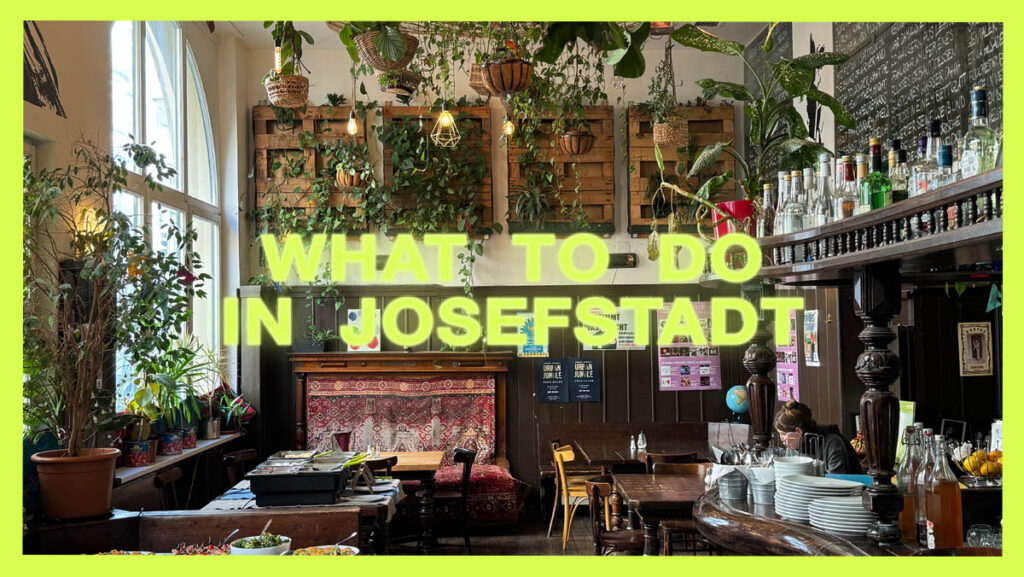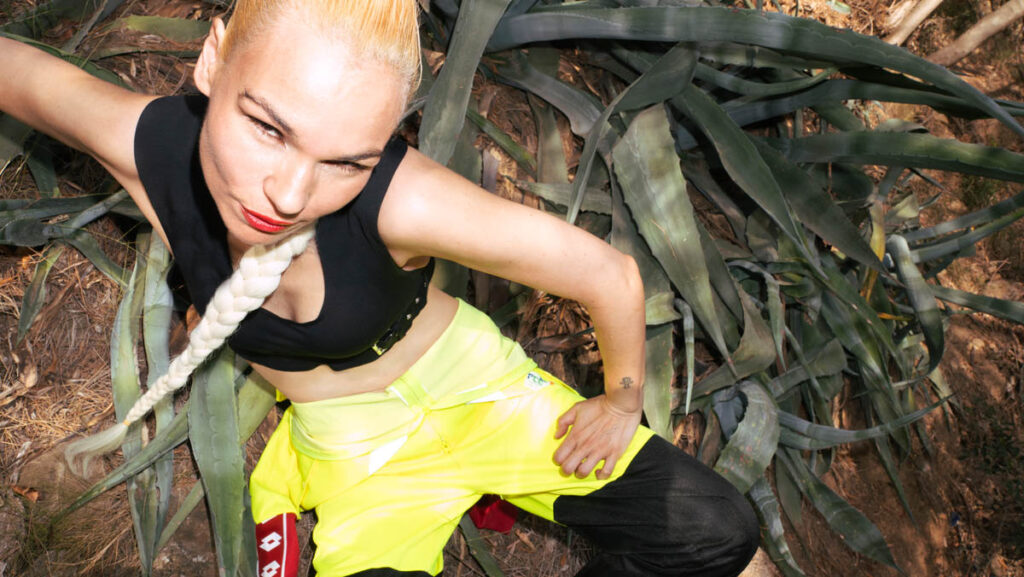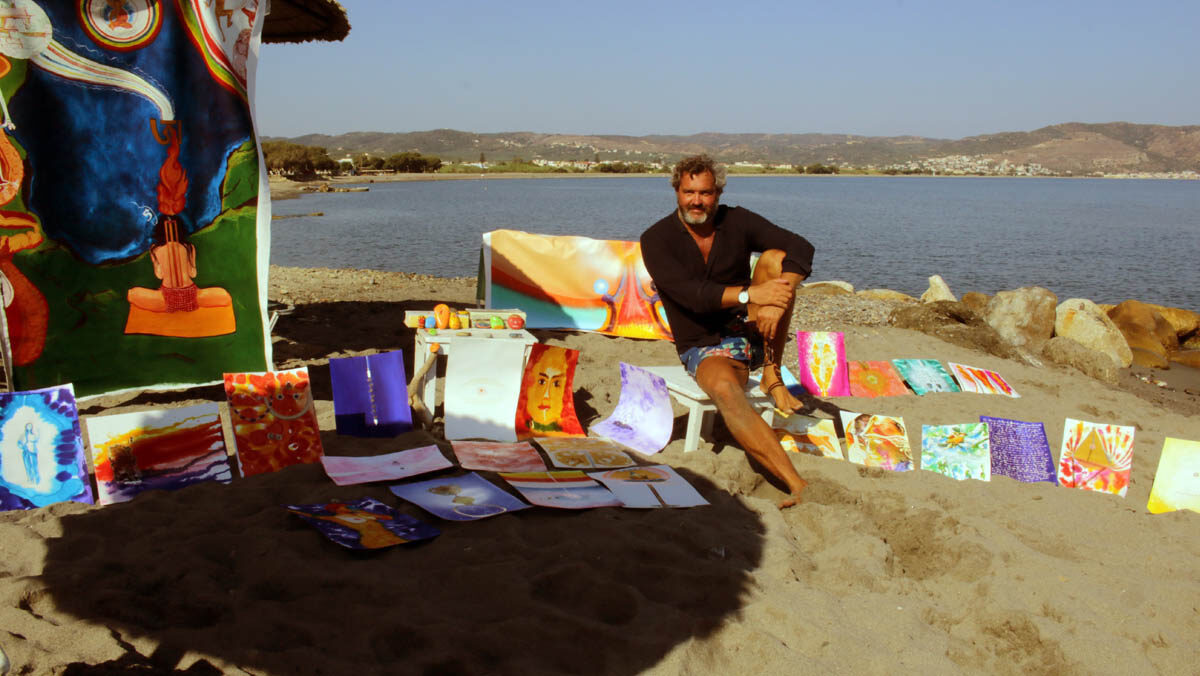
With each expedition, he allows his work to absorb the essence of its surroundings, infusing it with coloristic versatility and exploring diverse and stimulating themes. His artistic endeavors deliberately navigate through an eclectic, plural nomadism, rich in Eastern symbolism, naivety, vivid colors, eroticism, enthusiasm, and solar energy. The vitality and joyousness of his creations may evoke the eclectic spirit of painters such as Francis Picabia, Martin Kippenberger, or Jiří Georg Dokoupil.
Born in Buenos Aires and educated in Europe, Arturo holds a bachelor’s degree in Fine Arts. He has enjoyed a successful career as an artist in Spain, garnering several prestigious awards, holding multiple exhibitions, and receiving passionate reviews from buyers and art critics alike. Some of his independent films have achieved international recognition. He exhibited for the first time in the U.S. in 2016 in Miami and continues to build his career while traveling around the world as a gypsy painter.
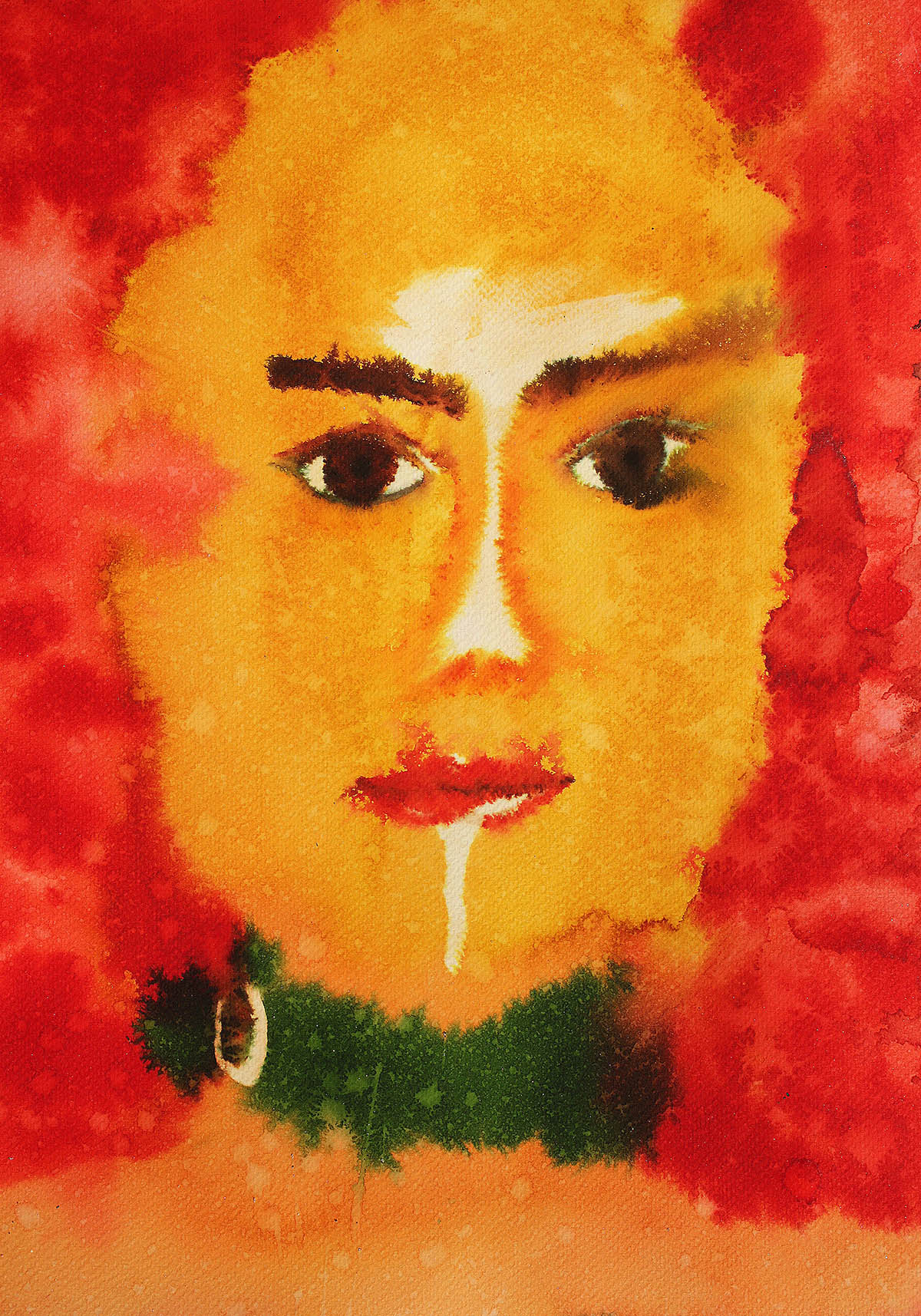
When did you start producing films?
In 2000, when I made my first short film, called „Very Christmas,“ in search of God on Christmas Eve, I went out into the streets of the city at two or three in the morning to ask people if they believed in the baby Jesus or God as everyone responded that they didn’t exist and that they were just tales and Chinese whispers, I decided to arrange a meeting with God himself at the Hotel Palace and interview him there, to ask him about the whole story of Christmas.
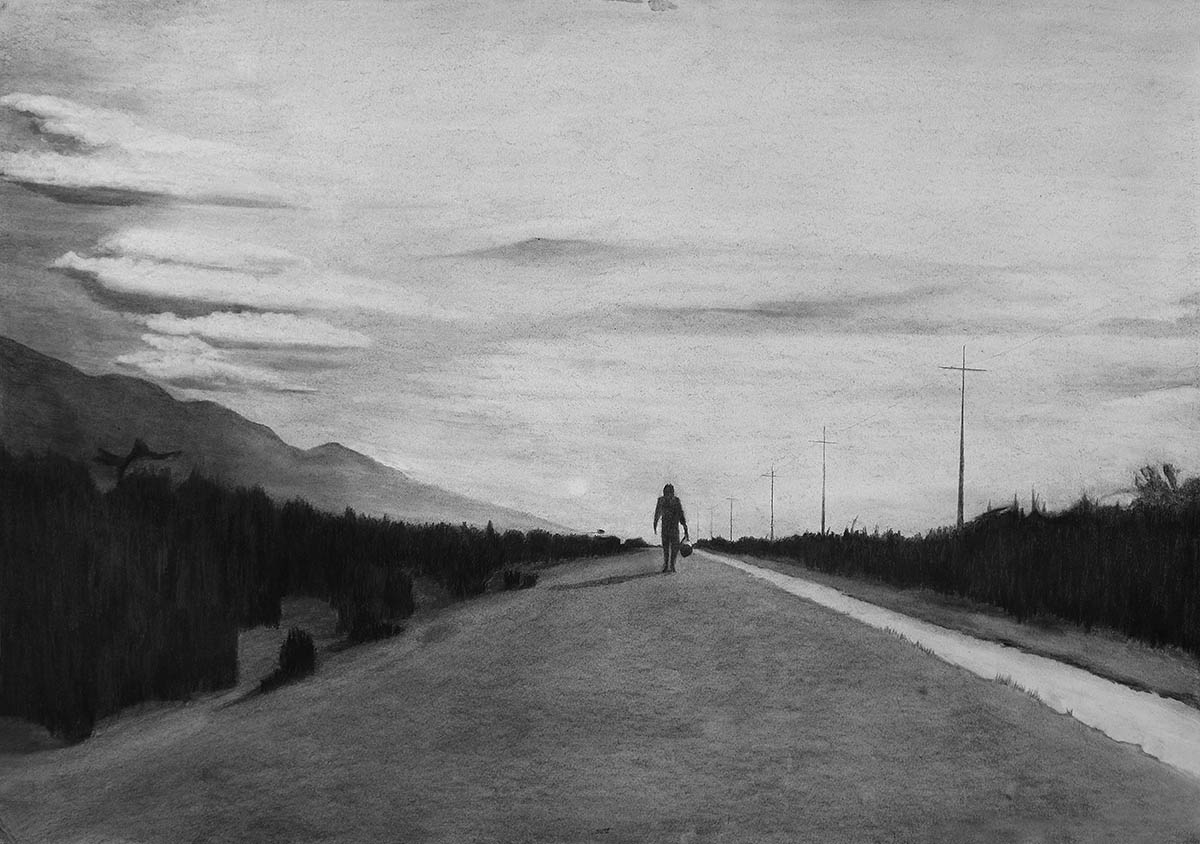
Since that short film, I haven’t stopped making films. All my films are independent and very free. I produce, direct, and edit them. I don’t have time to waste searching for grants or producers because, in all honesty, I can make between two to three films a year in the meantime. I deeply believe in my cinema, and that’s why I fight for it despite not being recognized. I owe everything to Jean-Luc Godard – my mentor. I have produced and directed films that deal with the problem of love between women and men, monogamy or polyamory, the most serious terrorist attack suffered by Spain in 2004, the search for vocation or duty to work, and a wonderful portrait of the history of the Philippines. And the most experimental ones I have done, have been a farewell to Jean-Luc Godard and a work dedicated to the human being, to its deep metaphysics, based on texts from trans-Himalayan Buddhism, a film dedicated to future humanity.
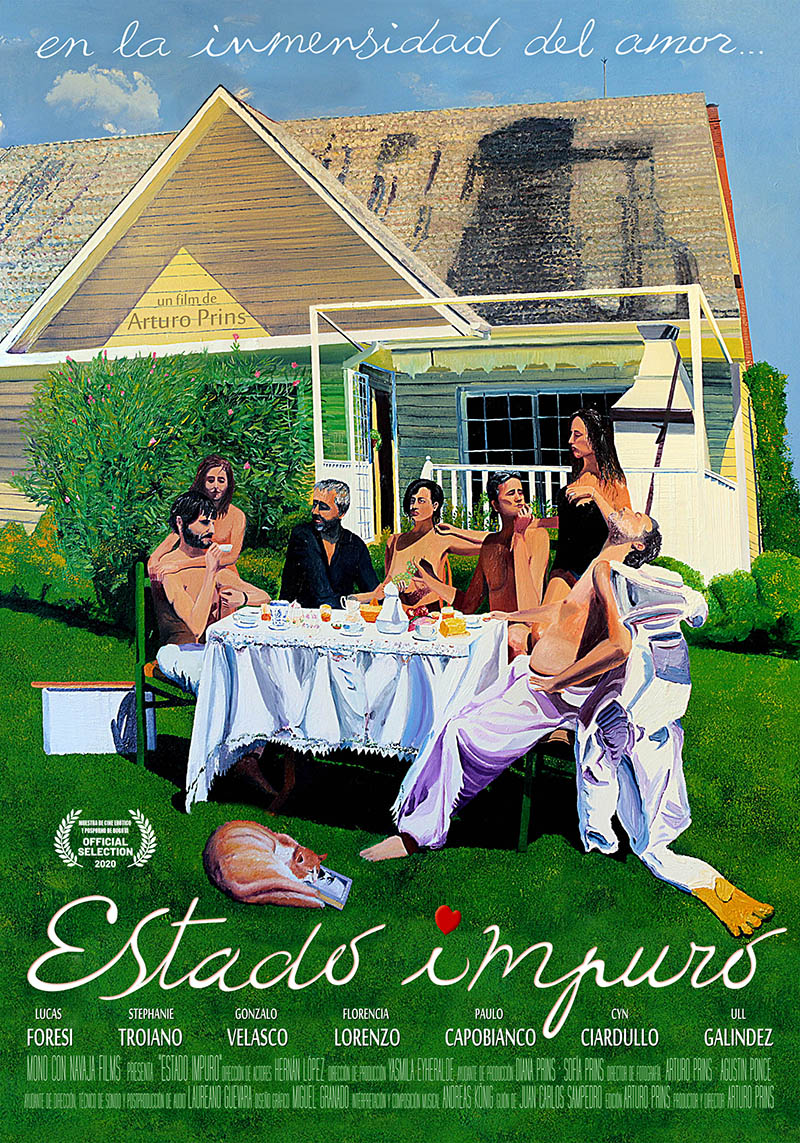
film 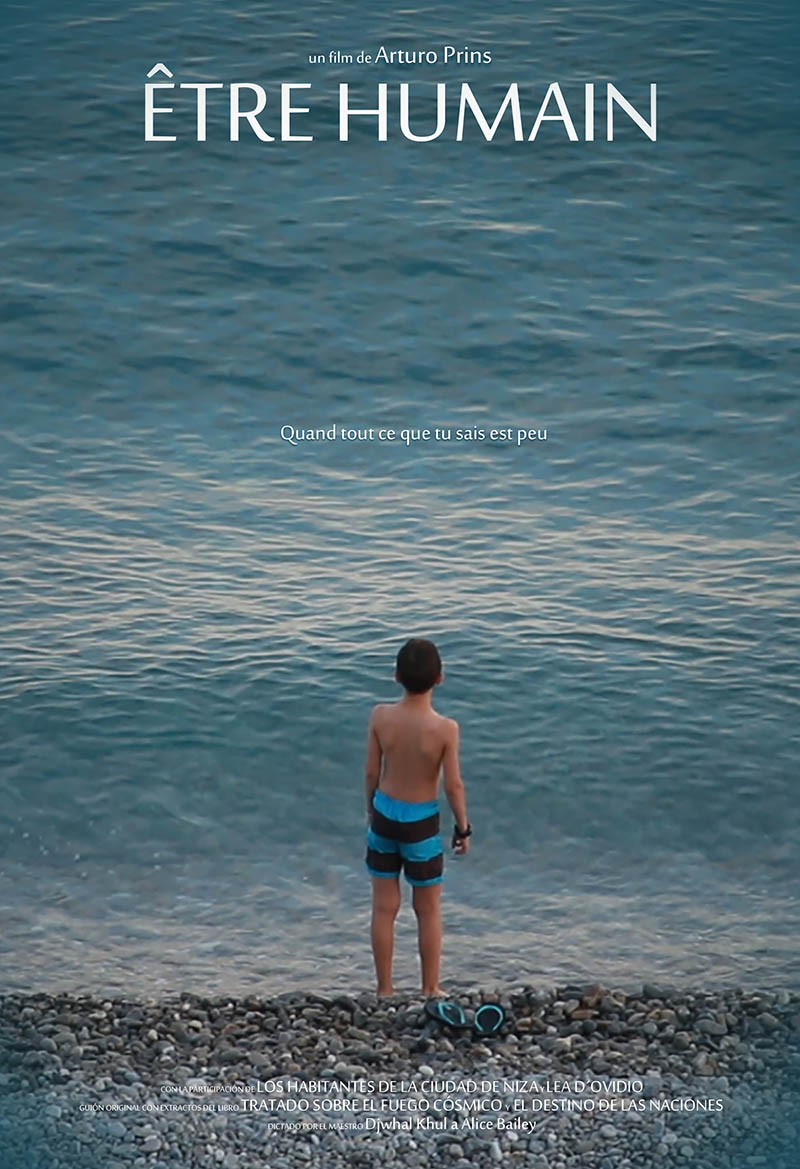
film 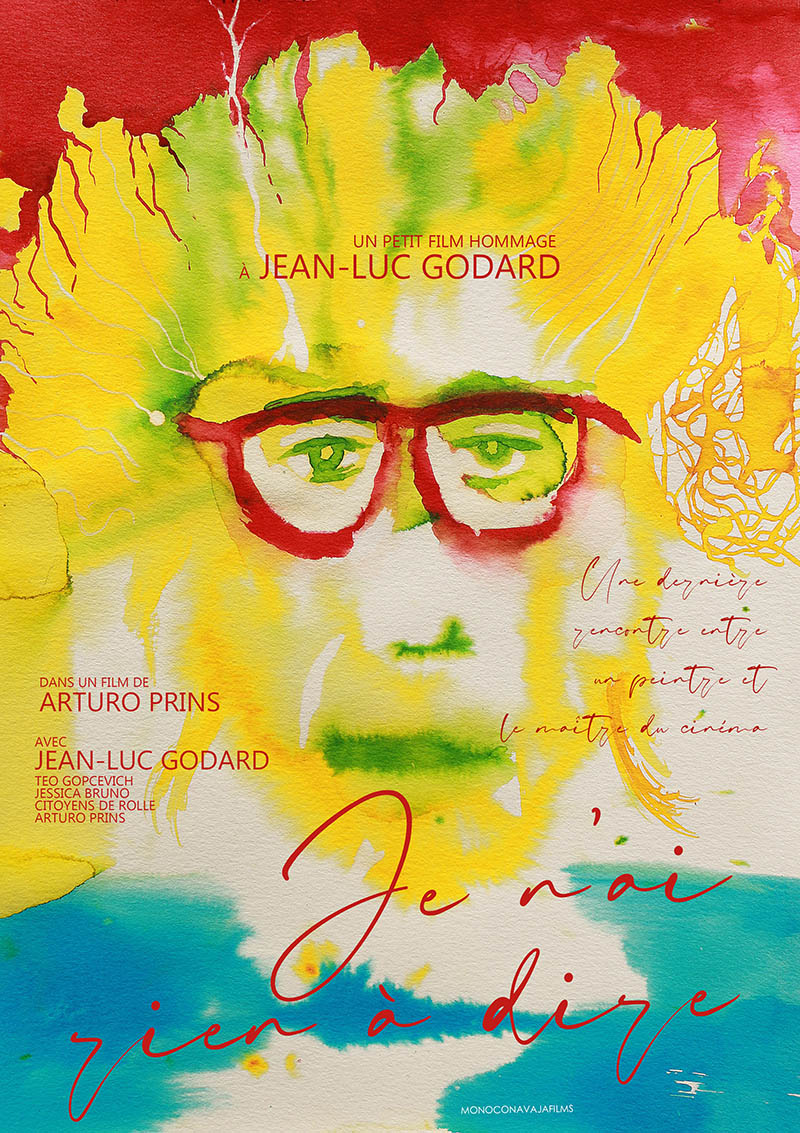
film
Can you tell me more about the film „STATE OF IMPURITY“?
It is a film that revisits the models of relationships between women and men, based on monogamy, or free love, hypocrisy, fidelity, or the freedom to explore. The sense of possession, jealousy, insecurities, double standards, and everything that confuses us and makes us unhappy in the relational or emotional world, is a description of our selfishness, fears, and violence. And the potential freedom to discover new models of love.
Based on the book „A New Love World“ by the French utopian philosopher of the 19th century, Charles Fourier, who developed all his mechanics of passions, taken to the limit in open love, the celebration of orgies, and freedom in love.
Could you articulate the essence of your artistic style and the vision that drives your creativity?
Playfulness, rebellious exploration, daring, and constant change, to understand all diversities, and yet, despite all this chameleon-like desire, as I move through cinema, painting, drawing, photography, and currently a YouTube art channel, called ART 4U – Please, Subscribe it! I realize that all my work is mercurial, that is to say hermetic, because Hermes was the god Mercury in ancient Greece, basically a messenger of the gods. I have the feeling that all my work is about connecting different gods with humans and transmitting ancient, archaic, symbolic, and metaphysical teachings, and then merging them with plastic, contemporary, happy, and joyful eroticism, linked to Greek, Hindu, and Buddhist teachings and everything that affects me in everyday life. I feel deeply identified with the painter Francis Picabia, not for what he painted, but for his ability to transform between one painting and another. I am a disciplined rebel who pays dearly for his stylistic freedom. All galleries want me to be formal, to have a personal signature, and to manifest a clear, linear, and monofocal style. I don’t understand how gallery owners, who should be agents of modernity, freshness, and culture freedom, are so conventional and conservative.
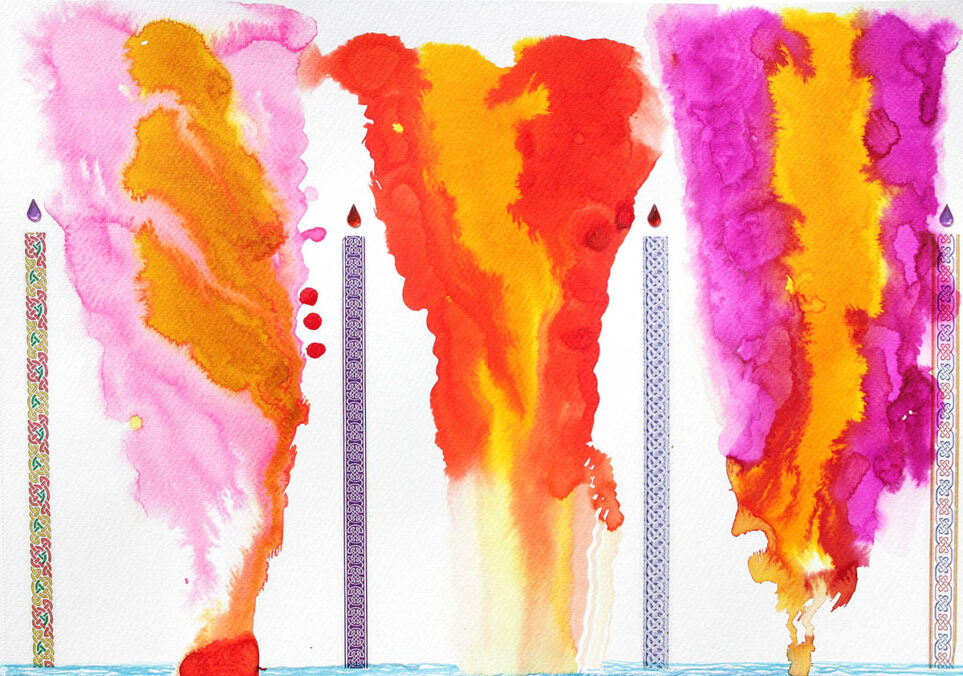
How do you see the role of the artist in society, particularly in terms of exploring spirituality, metaphysics, and transcendent themes through art?
Art aspires to the highest of heights, which is to overcome pain in all corners of the earth and Cosmos; artists should understand that we are born for this, to peel back layers of fears, overcome them, improve them, and transform them into strengths. Metaphysics is the only way that allows us to understand imagination, that is, what we do not see, to create new worlds. This is the only art that remains to be thoroughly explored; it is the only thing that will heal us and free us from pain, or rather from attachment to pain, to which artists are deeply connected. Everything that triumphs is blood, tragedy, drama, low blows, and astral garbage. Film directors, painters, and writers do nothing but revel in all this ugliness in which the world moves every day. Hilma of Klint, Paul Klee, Kandinsky, Piet Mondriaan, or Agnes Palton flirted with theosophy and the metaphysical, the elevated… Even so… We are far from being conscious artists. Artists have a responsibility in what we create to delve into the solar altruistic nobility, of contributing to the beauty of the world, to reflection and provocation, but not the low one, but that which elevates the human being from their contemporary situation.
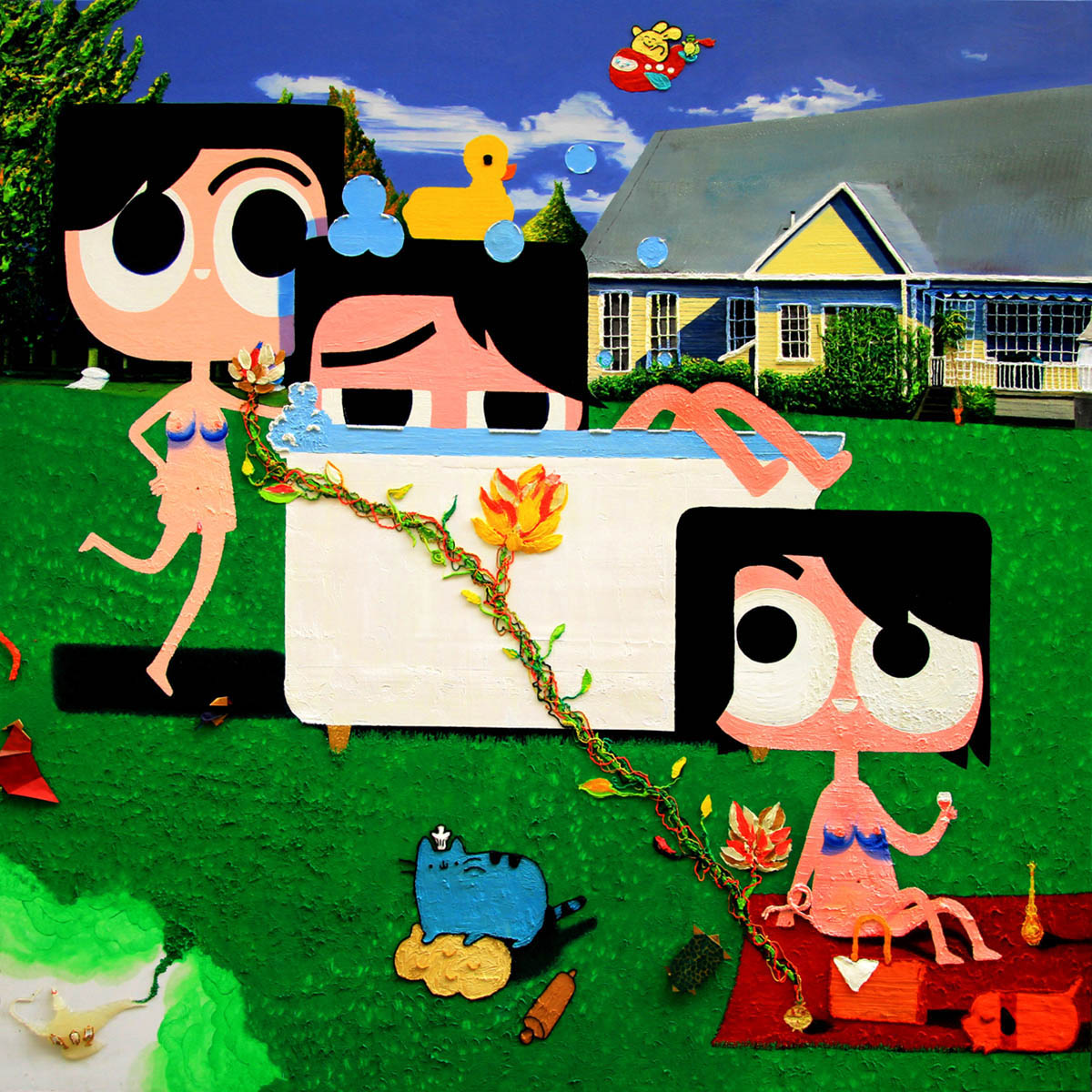
How do you select the materials and techniques for your artworks to best express your artistic vision?
It’s something instinctive for me. What I feel most drawn to, like when you feel like eating paella one day and you know that only paella will manage your day well, and then another day you say, today I fast, because for me it’s the same with each work, it has needs and asks for techniques and rejects others. The important and generous thing about an artist is to deeply listen to these voices.
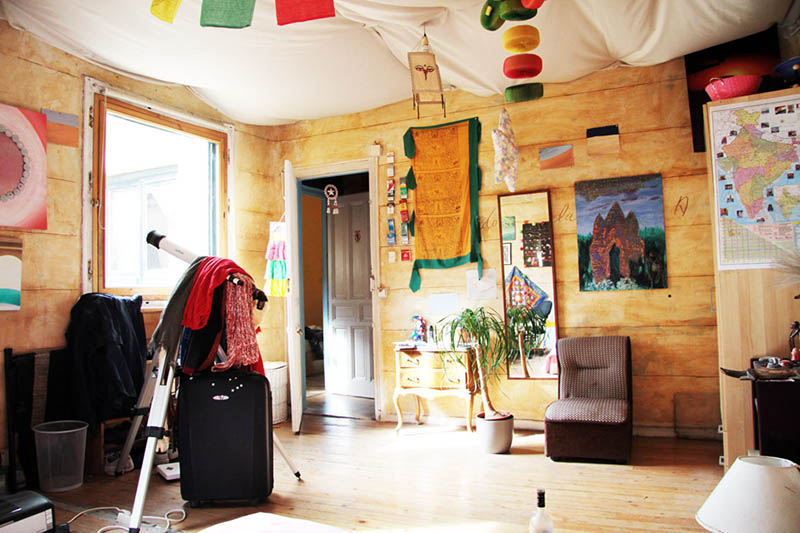
Arturo Prins’s apartment in Madrid. 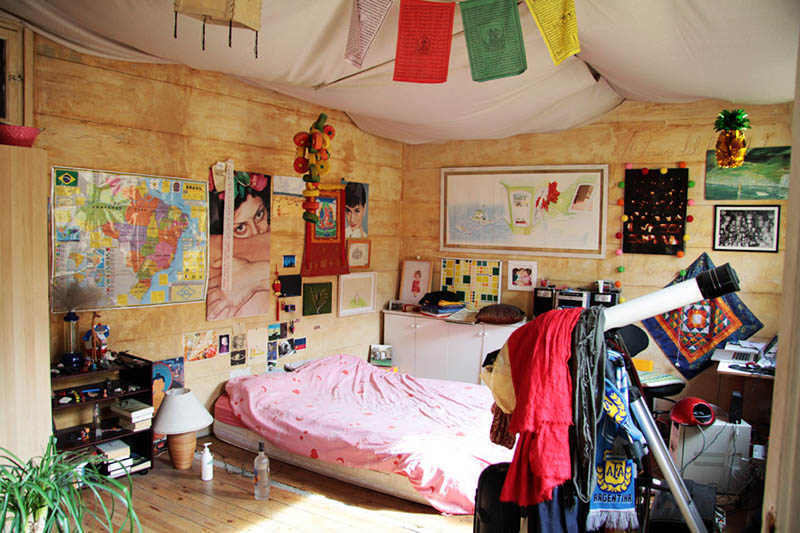
Arturo Prins’s apartment in Madrid.
We met because you offer a unique Airbnb experience in Madrid. How long have you been living there? How would you describe your apartment to someone?
The apartment is an extension of my personality manifested in decorations, my accumulated paintings, colors, and magical objects. Buddhist prayer flags, paintings I have bought from friends, and more deeply personal memories, all of this builds that home where you have lived. I have been living there for 24 years. Every home is an expression of oneself; now tell me, what did you feel when you saw it? Well, everything you say is some part of my personality.
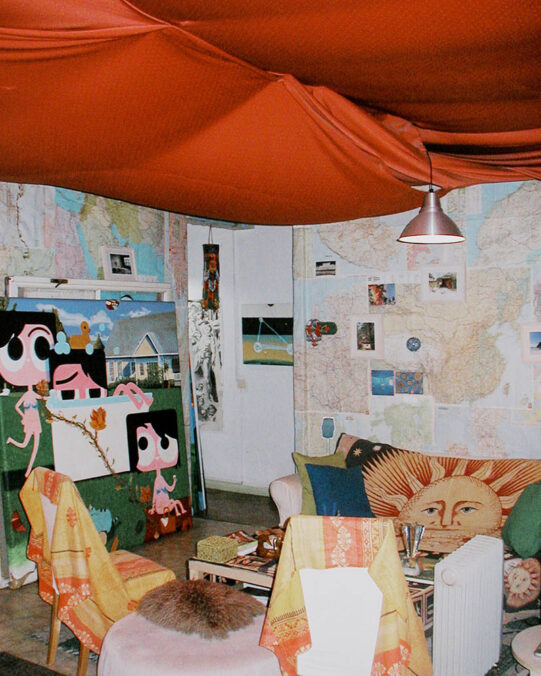
Airbnb experience in Madrid 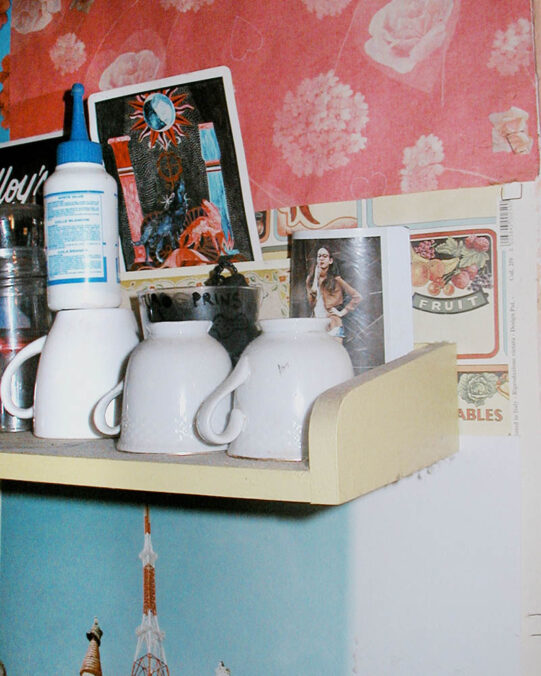
Airbnb experience in Madrid 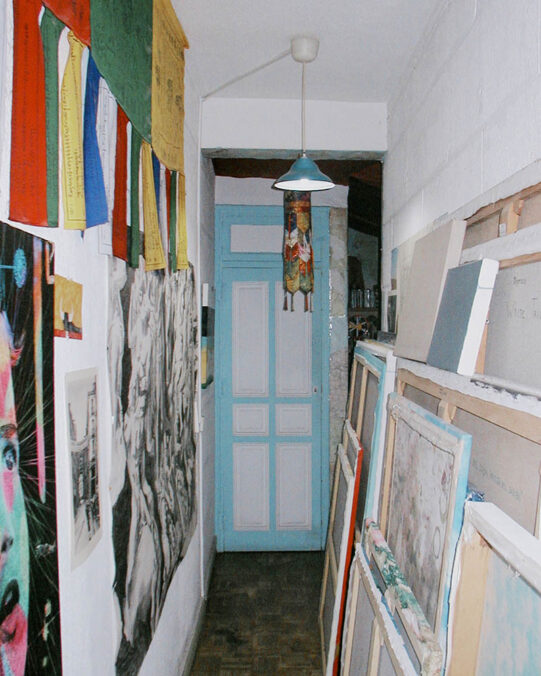
Airbnb experience in Madrid 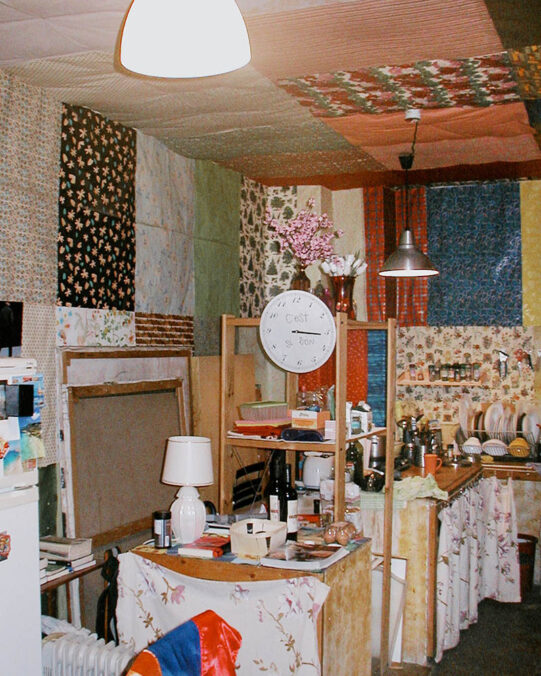
Airbnb experience in Madrid 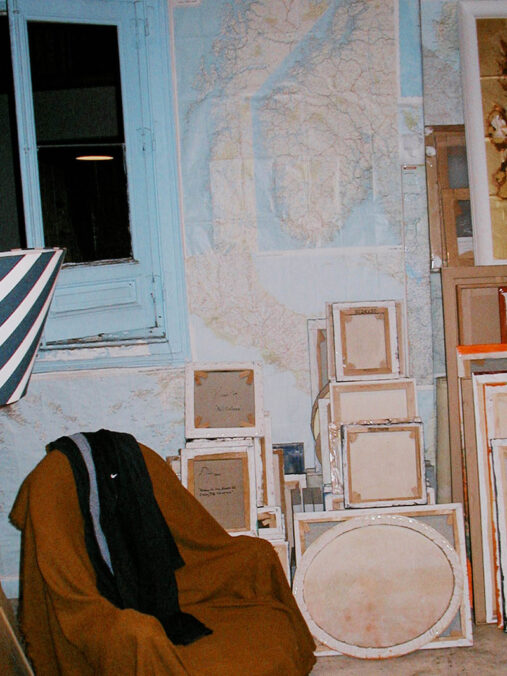
Airbnb experience in Madrid 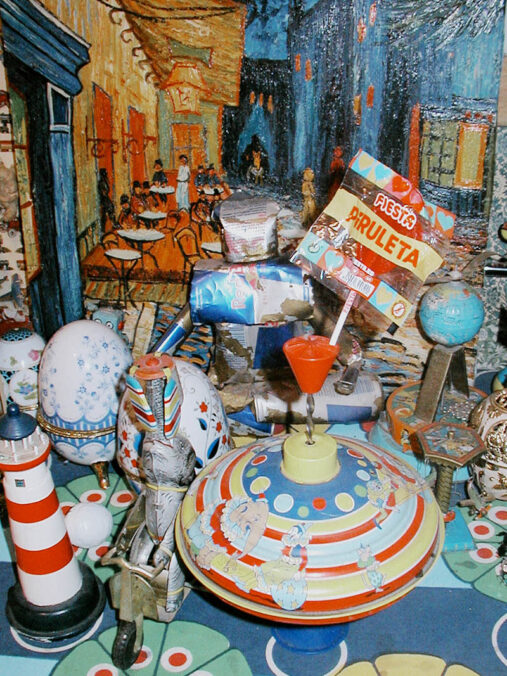
Airbnb experience in Madrid
What is it like for you to live surrounded by your art every day?
I don’t pay attention to it; all my paintings are facing the wall, as if they were in penance, basically because I don’t want them to collect dust, and to avoid seeing myself every day. For this reason, from time to time, I take them into the shower and wash them with water when they are painted in oil, in that way, I remove the dust from them. Generally, my paintings are all turned towards the wall, and those that I like are facing the gallery, that is, the living room, or the decoration of other rooms. In my room, they are all works by other artists.
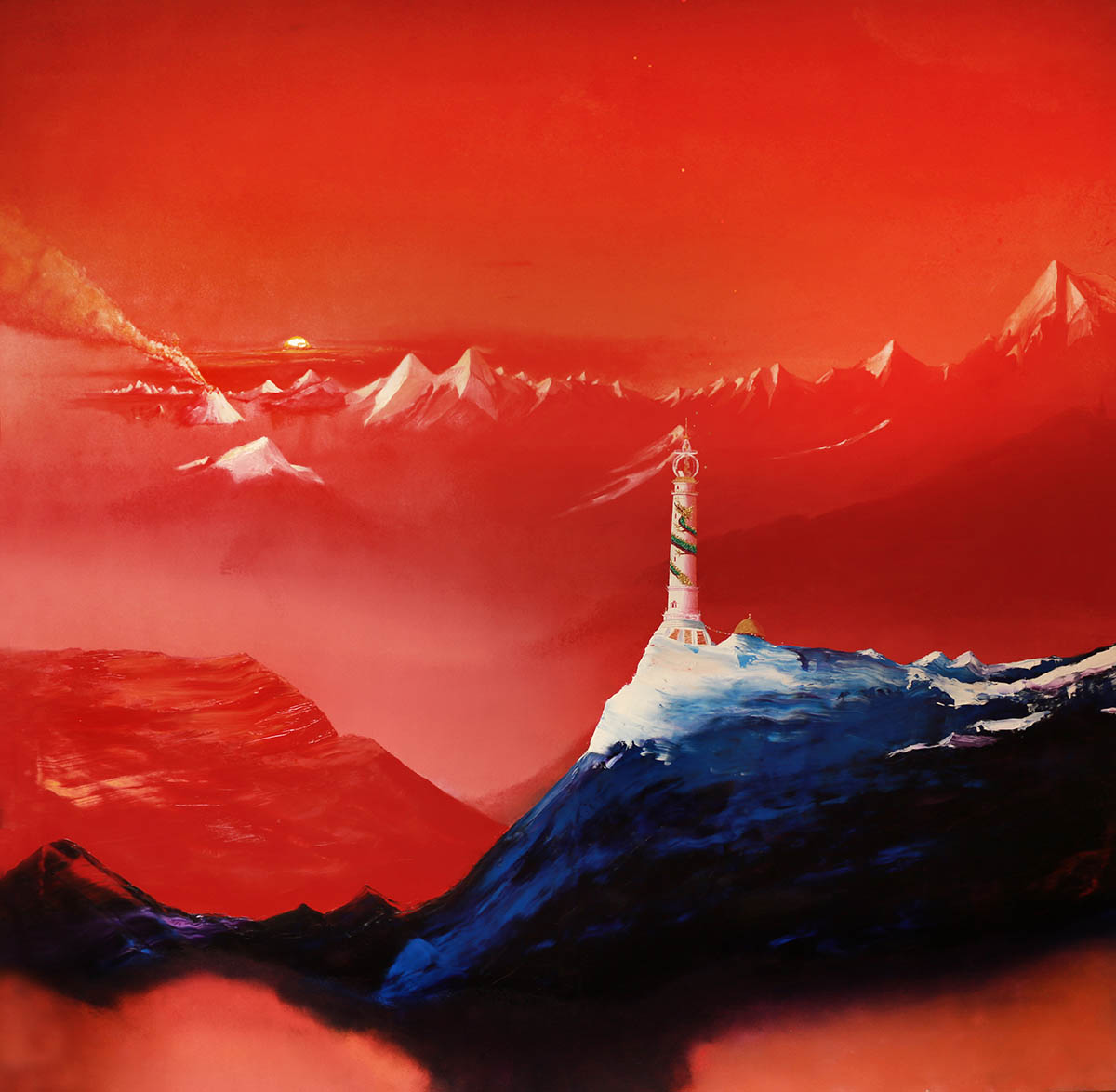
Do you also work from home or do you have a separate studio?
I paint a few paintings a year in my room, where I sleep, but mainly abroad. I work once a year for four or five intensive months. I take rolled-up canvases, oil colors, watercolors, and brushes, and I go to some part of the planet that I feel vibing with, for example, I went to Leh, Kashmir, in the Indian Himalayas, last year in Crete, in the year of COVID on a terrace in front of the Mediterranean, on the Promenade des Anglais, Nice (you can watch all what I did there in this video interview), and this year I am seriously thinking of going to Bohol or Palawan, Philippines.
I am a nomadic painter who sets up his studios wherever I go, in small cabins facing the sea, hotels, or apartment rentals. Wherever I feel comfortable enough to receive the best and deepest beauty of the place I am going to. In Kashmir, for example, I stayed in a five-star hotel facing the Himalayas, in the dead of winter, all the rooms were empty, and only two other people inhabited the hotel, on four floors. There, I turned the room into a painting studio.
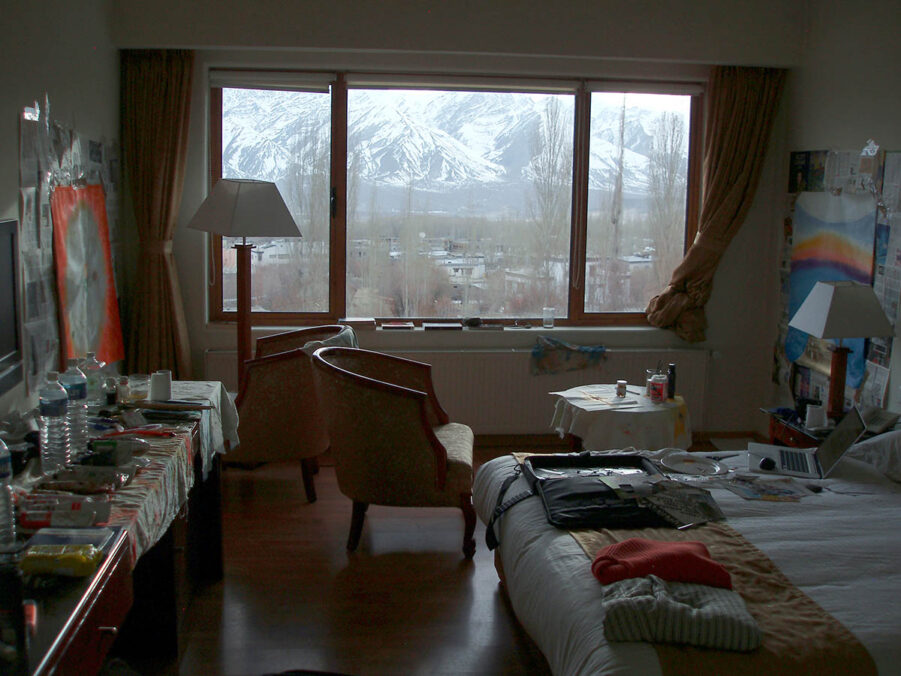
When I was a flight attendant, I did the same thing; in the hotel rooms where I was, I painted on the desks and hung my paintings on the wall, and then I put the wardrobe in the center of the room right under the fan so that they could dry faster because I usually stayed there for no more than four to seven days.
Many of my works were painted in Punta Cana, Cancun, Montego Bay, Jamaica, or Salvador de Bahia, Brazil. All this erratic and gypsy nomadism allows my work to be filled with diversity, with the electric and colorful charge of the place I go to. So when I was in a neighborhood of warehouses and factories in Bushwick, Brooklyn, New York, the work I took from there was quite dark and luminous, many whites and blacks, grays or Prussian blue, it vibrated with that city, whose predominant colors are those.
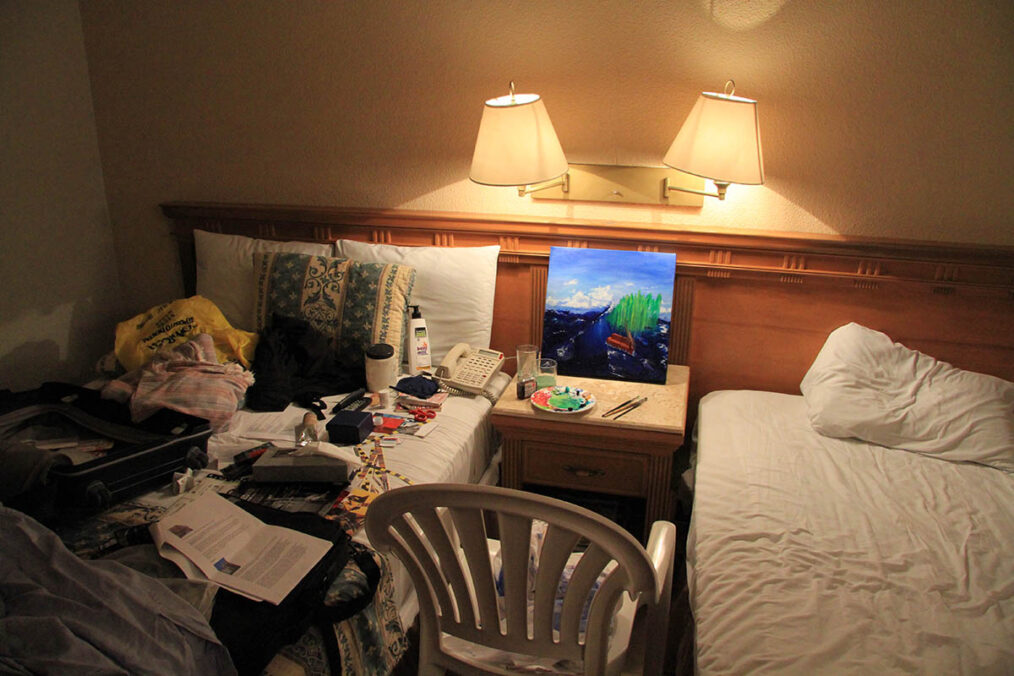
How important is traveling for you?
It is of vital importance since what turned me into a nomadic painter was having been a flight attendant. This has taught me to paint very quickly in a short time, be decisive with the techniques, and be very efficient in the execution of the work and its transportation. I work very well under pressure. I work four months a year like a pressure cooker, 14 hours a day, reading, meditating, and painting non-stop, imbuing my work with meaning through the diverse atmospheres I encounter in each country and the influences of what I read, mainly esoteric books. That makes my work very chameleon-like and eclectic, which as I said before, is so oscillating and varied.
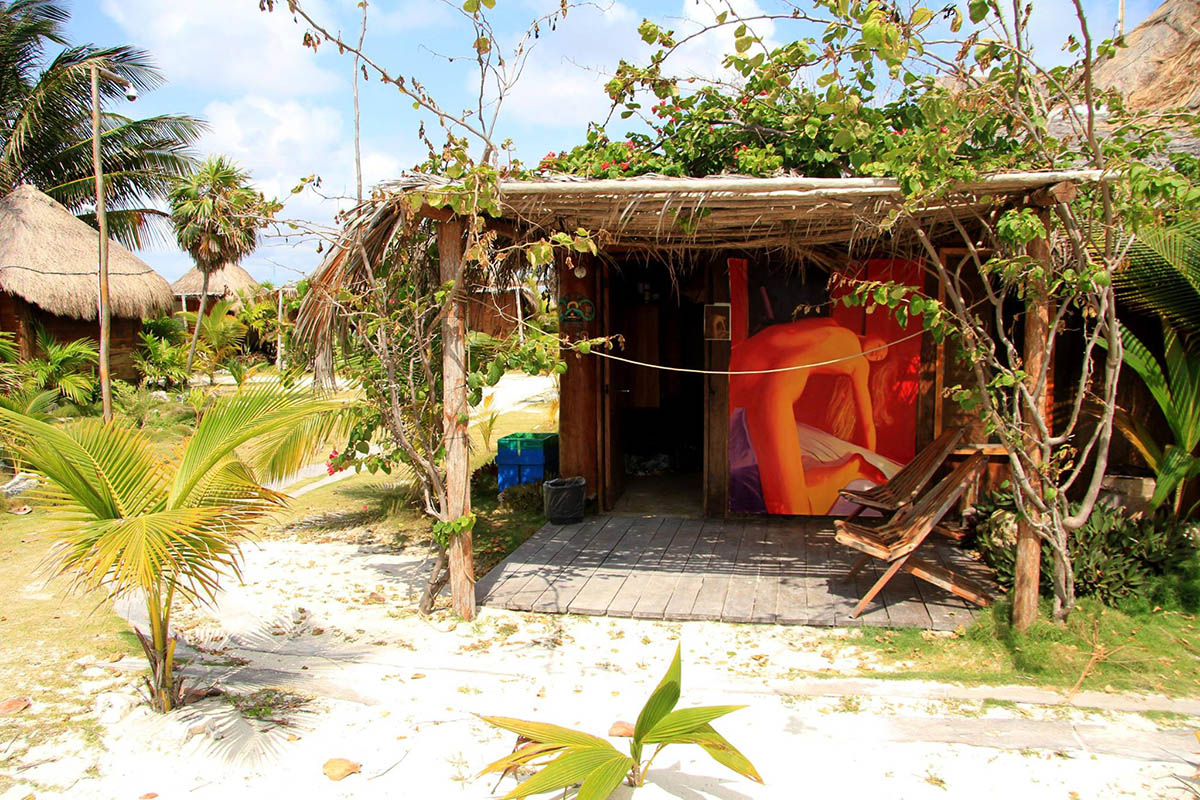
What future projects or goals do you have as an artist?
To paint a series of portraits dedicated to the male mythological gods in the Philippines, I have started with the 5 goddesses in Crete. And paint a series of works linked to the chakras of the human being and to the ten Sephiroths of the Kabbalah. To go to an atoll called Kiritimati in the Overseas Republic of Kiribati, to write my memoirs, an autobiography called „The Man I Don’t Know“. I want to get lost in the terrestrial amniotic fluid, that is, in the middle of the Pacific Ocean for four or five months to just write down everything I have done and lived in this incarnation. To edit my next documentary about a trip I made from Madrid to Mongolia, to the mythical kingdom of Shamballa, hitchhiking, in 2022, „My Highway to Shamballa“.
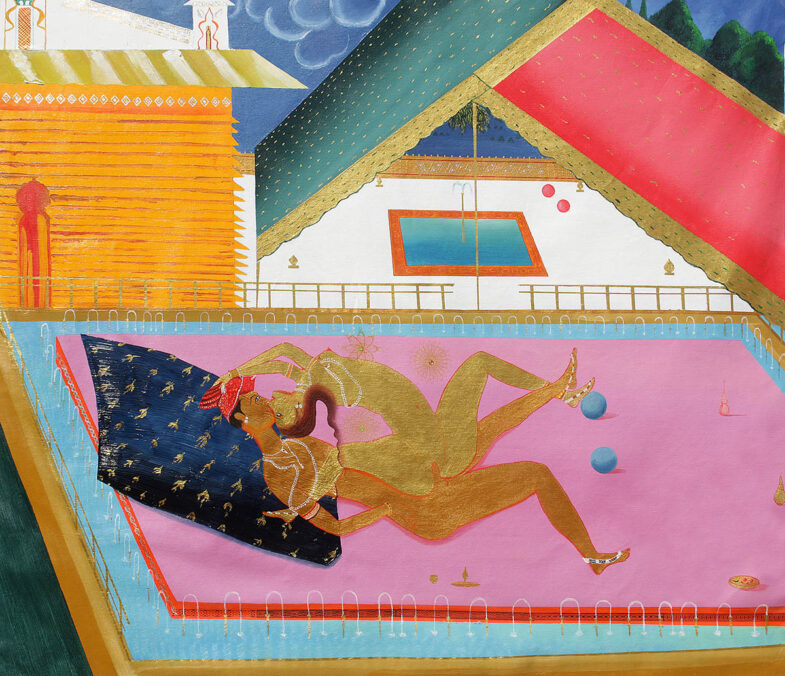
Love Acrobatics oil on canvas. 88 x 106 cm 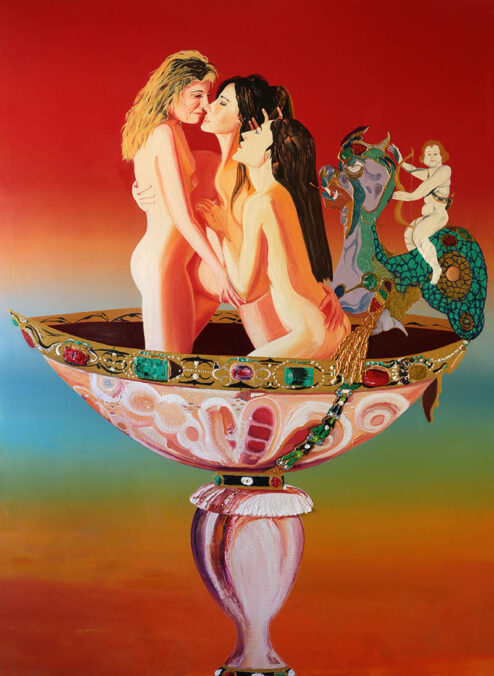
The 3 Graces, Aglaya, Talía and Eufrósine oil on canvas. 250 x 180 cm.
To edit another documentary that I shot in 2016 in Miami, where I worked as a gigolo to survive and as a Polaroid photographer on Ocean’s Drive… In this documentary, I talk about the profound madness that it means to chase the American dream, which hides a deep nightmare. It is part of a diptych that represents the American way, of the „United Slaves of America“, filmed in the first portrait of my movie Dam New York (2016), and now in the following one, which is a portrait of Miami, called Flesh Hospitality, the Guilty Pleasure. Portraits of my personal life… but I usually leave them in the hold for a while so that I can come back to them later with a fresher perspective for editing. (here you can watch a pitching video looking for producers, about these two projects mentioned before for Marché du Film at Cannes Film Festival 2024.
Arturo Prins – www.arturoprins.com, www.singulart.com/arturo-prins
Regarding his background: Initially, it was painless. But on a distant day, something pricked Arturo’s heart, initiating a deflation process, though he was unaware of it at the time. When he eventually realized it, he was almost fully deflated. The nature of the air that had escaped from his chest became the focus of his quest. Honestly, his life and work represent that search, which has taken him from the bustling Gran Vía in Madrid to the serene valleys of the Himalayas, from knowledge to ignorance, as anyone can discern by perusing his resume. Arturo’s paintings, films, and photographs encapsulate the tragic and beautiful stories that lie within. What has he discovered? Almost everything, yet nothing that he still needs to know.



